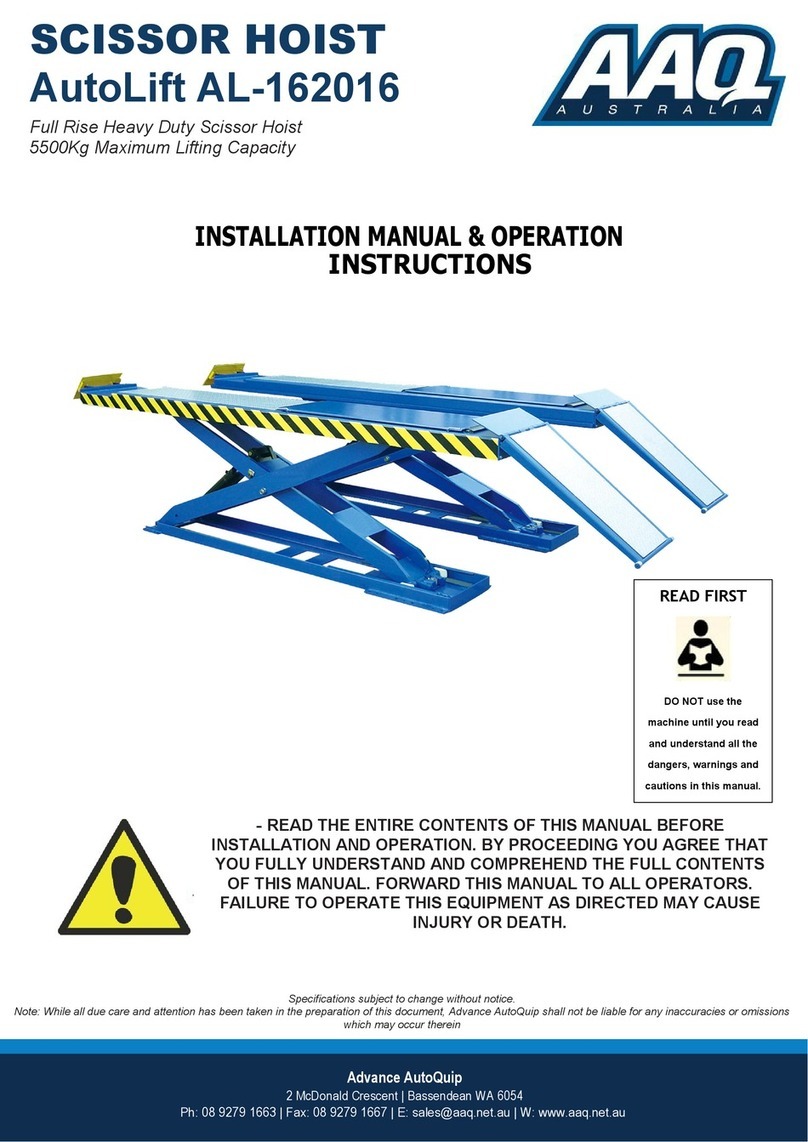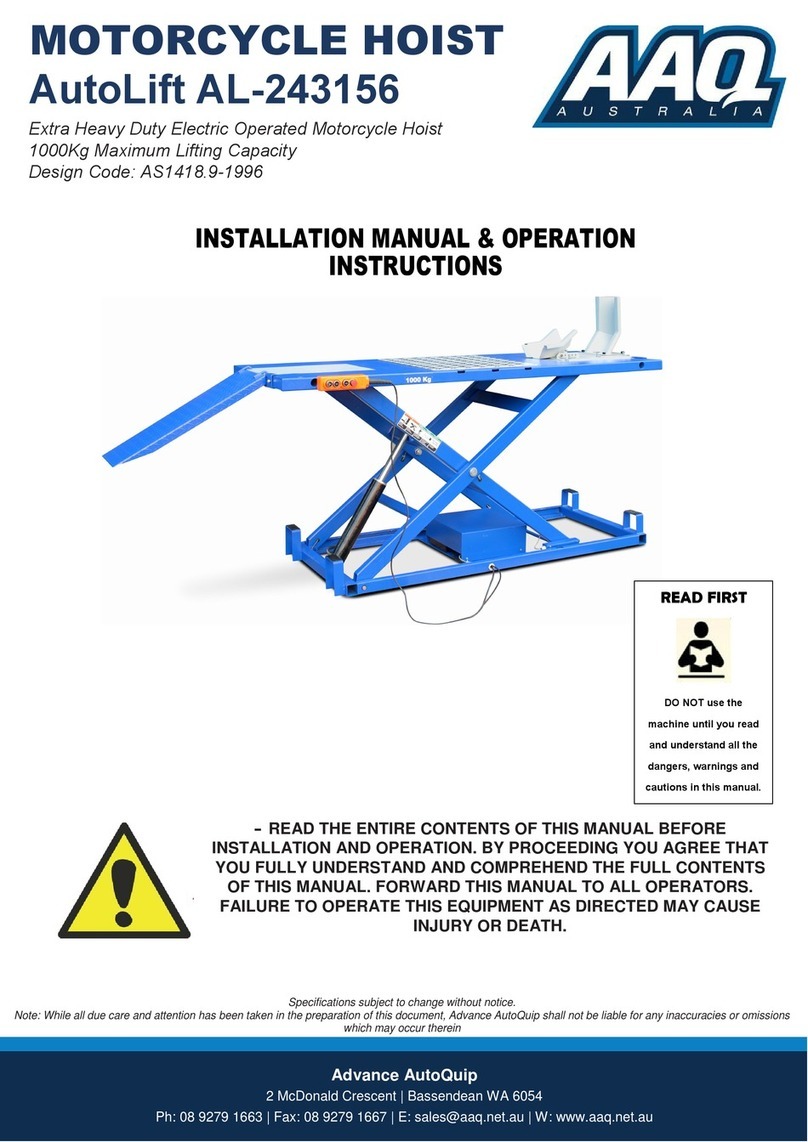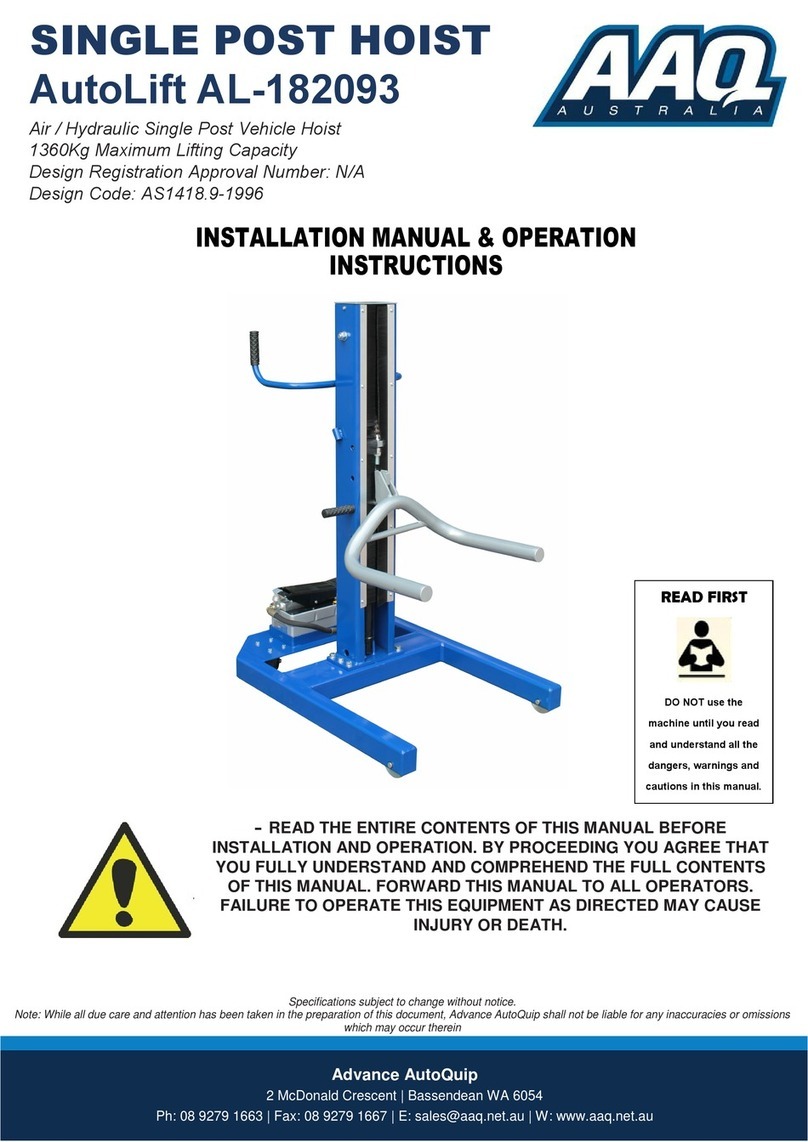AAQ AutoLift AL-10000T User manual
Other AAQ Lifting System manuals
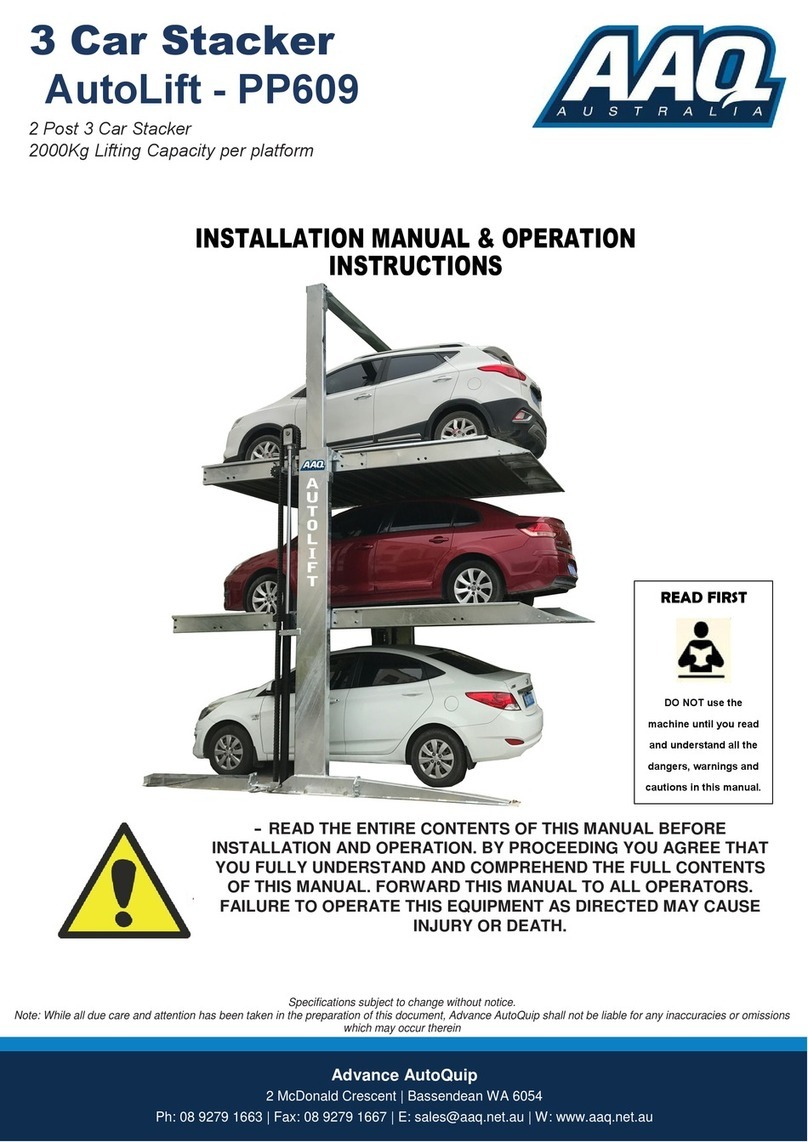
AAQ
AAQ AutoLift PP609 User manual
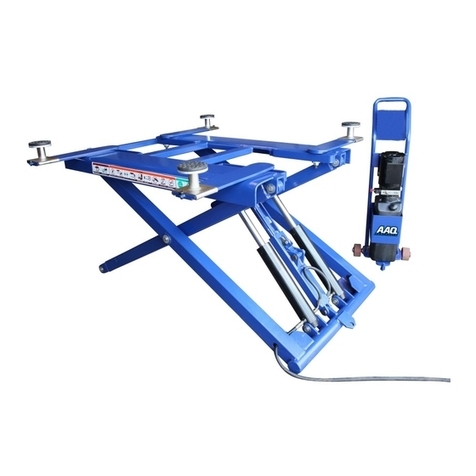
AAQ
AAQ AL-3060 User manual

AAQ
AAQ AutoLift 163027 User manual
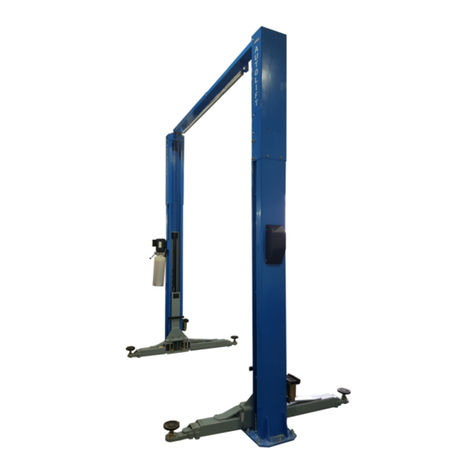
AAQ
AAQ AutoLift AL-9500HD User manual
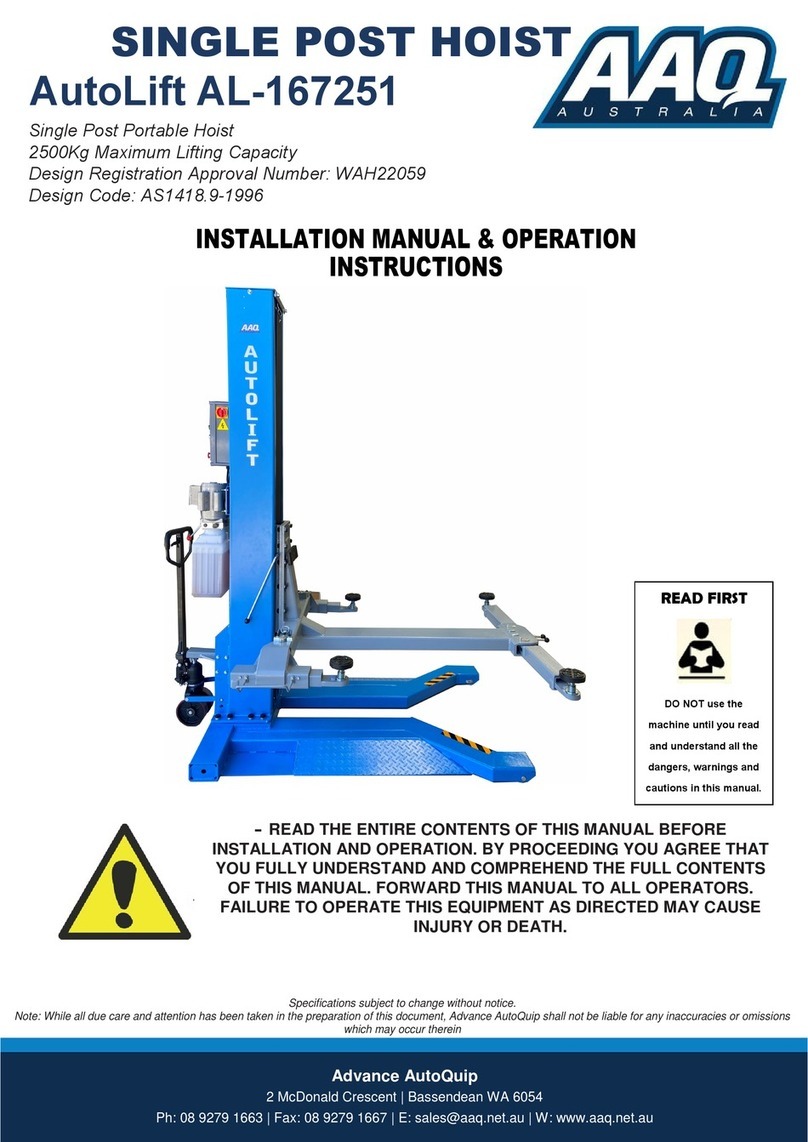
AAQ
AAQ AutoLift AL-167251 User manual
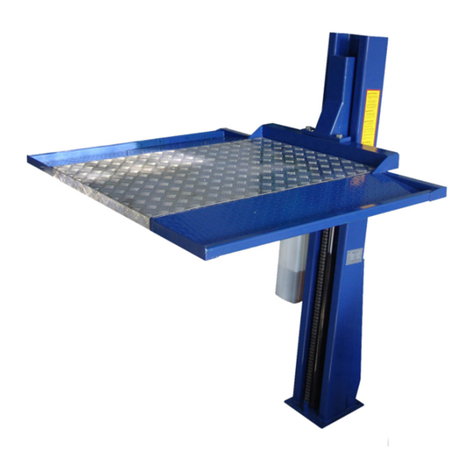
AAQ
AAQ AutoLift AL-167261 User manual

AAQ
AAQ AL-6214A Guide
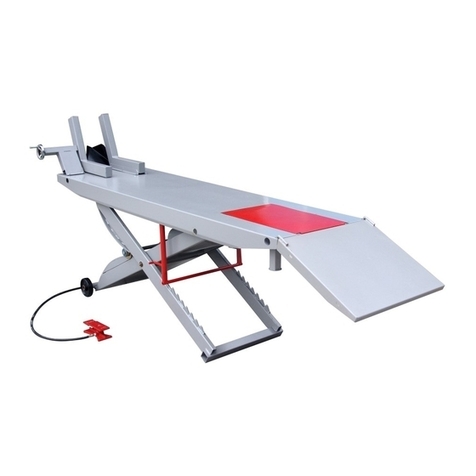
AAQ
AAQ AutoLift 243612 User manual
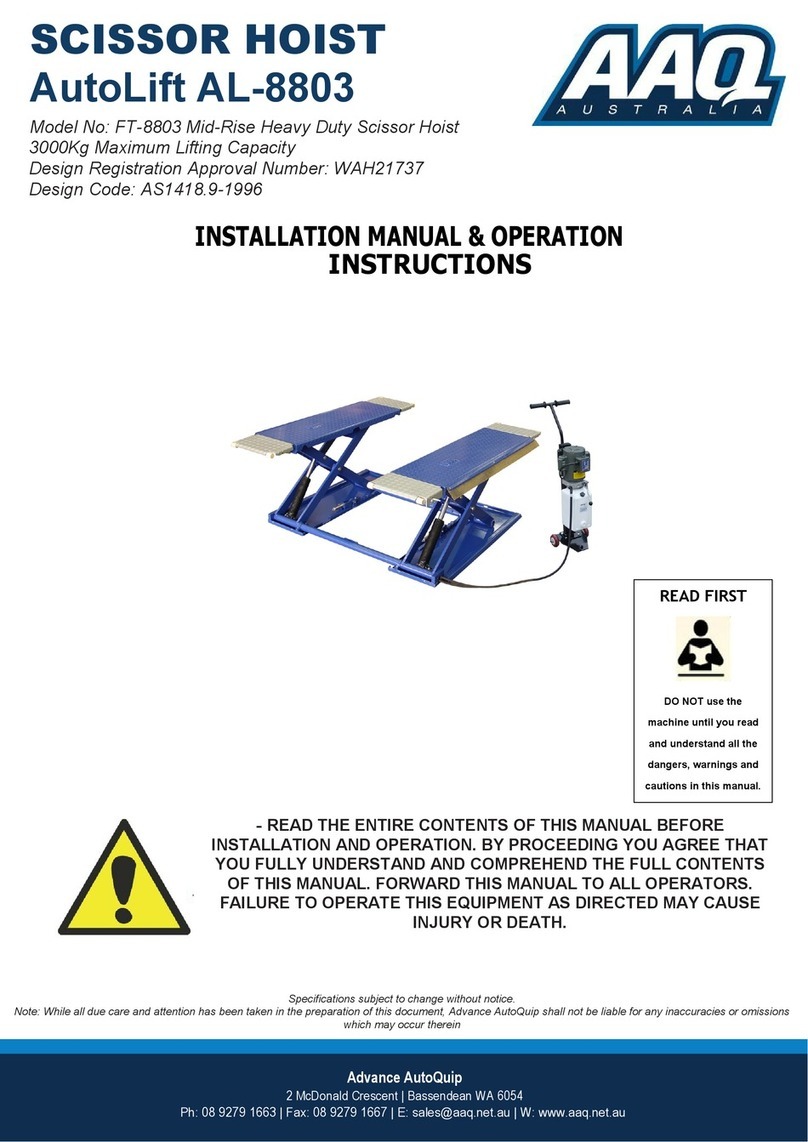
AAQ
AAQ AutoLift AL-8803 User manual
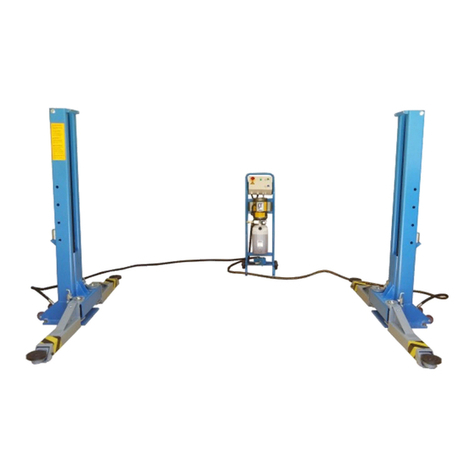
AAQ
AAQ 167212E User manual
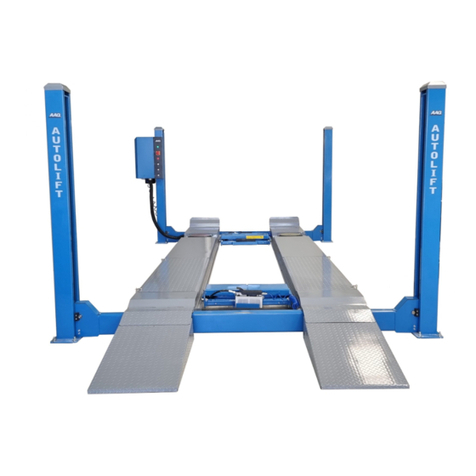
AAQ
AAQ AutoLift AL-6000S2 User manual
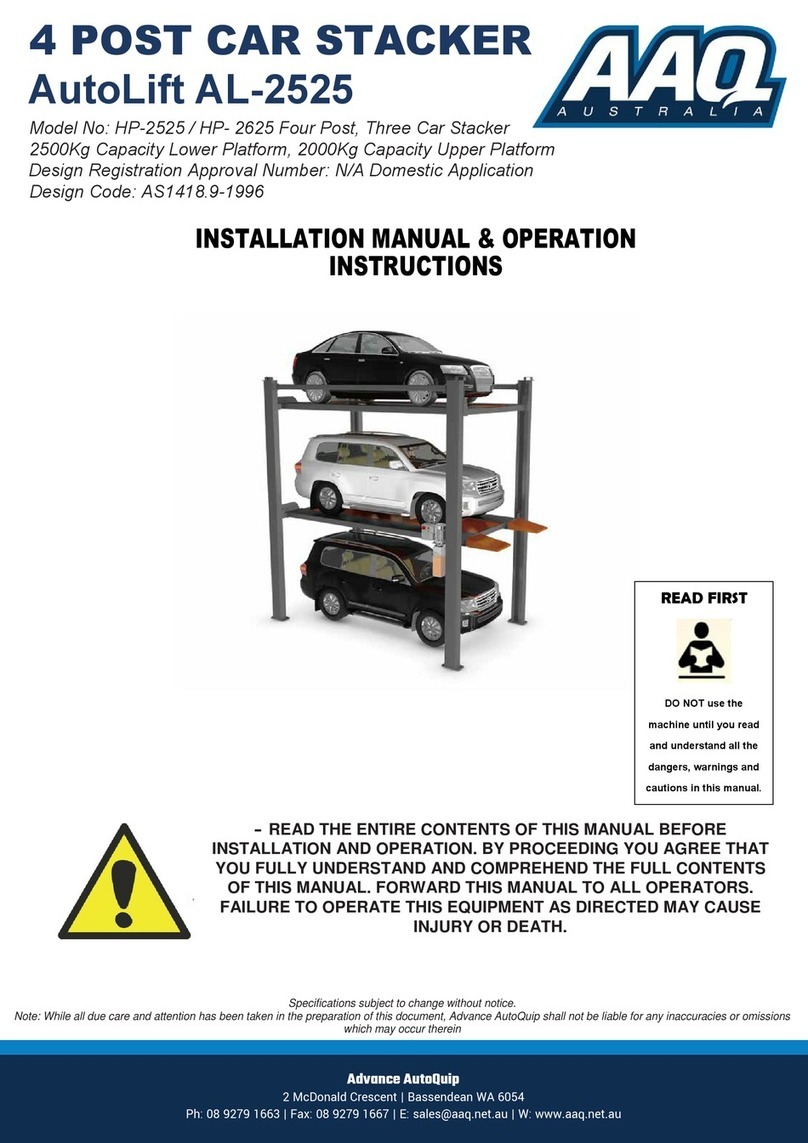
AAQ
AAQ AutoLift AL-2525 User manual

AAQ
AAQ AL-6254A User manual
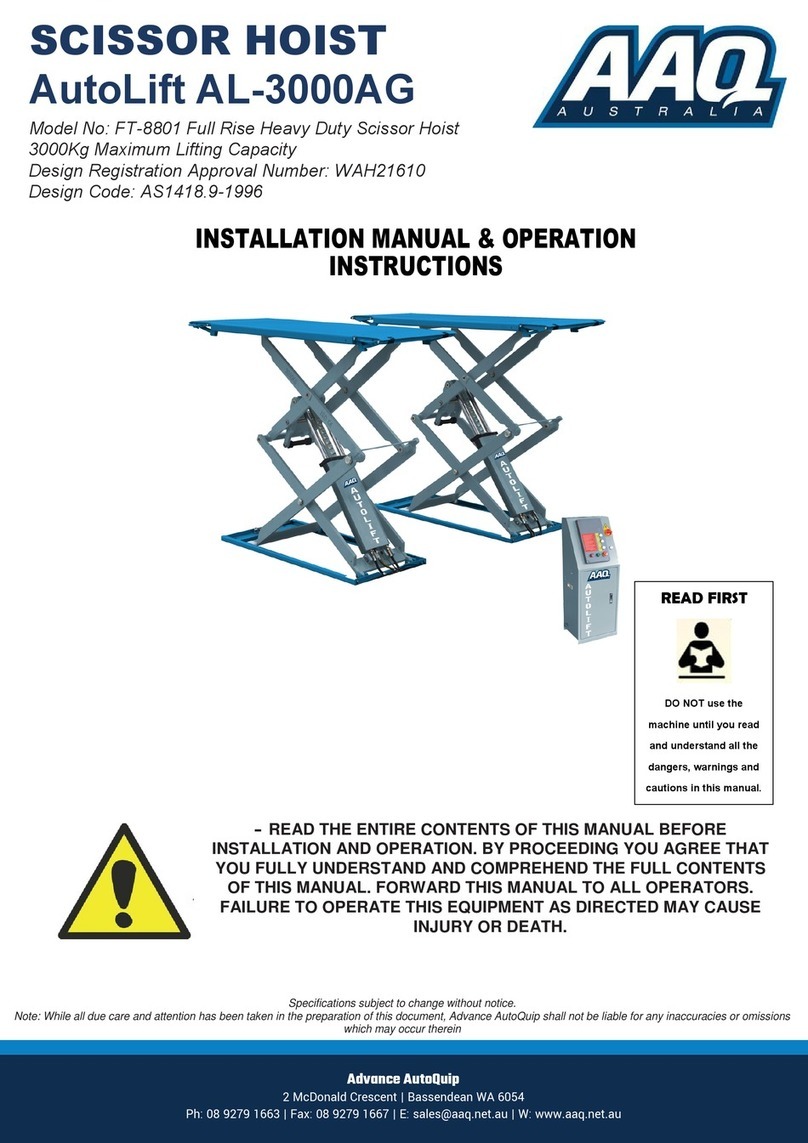
AAQ
AAQ AutoLift AL-3000AG User manual

AAQ
AAQ AutoLift FP-VRC User manual
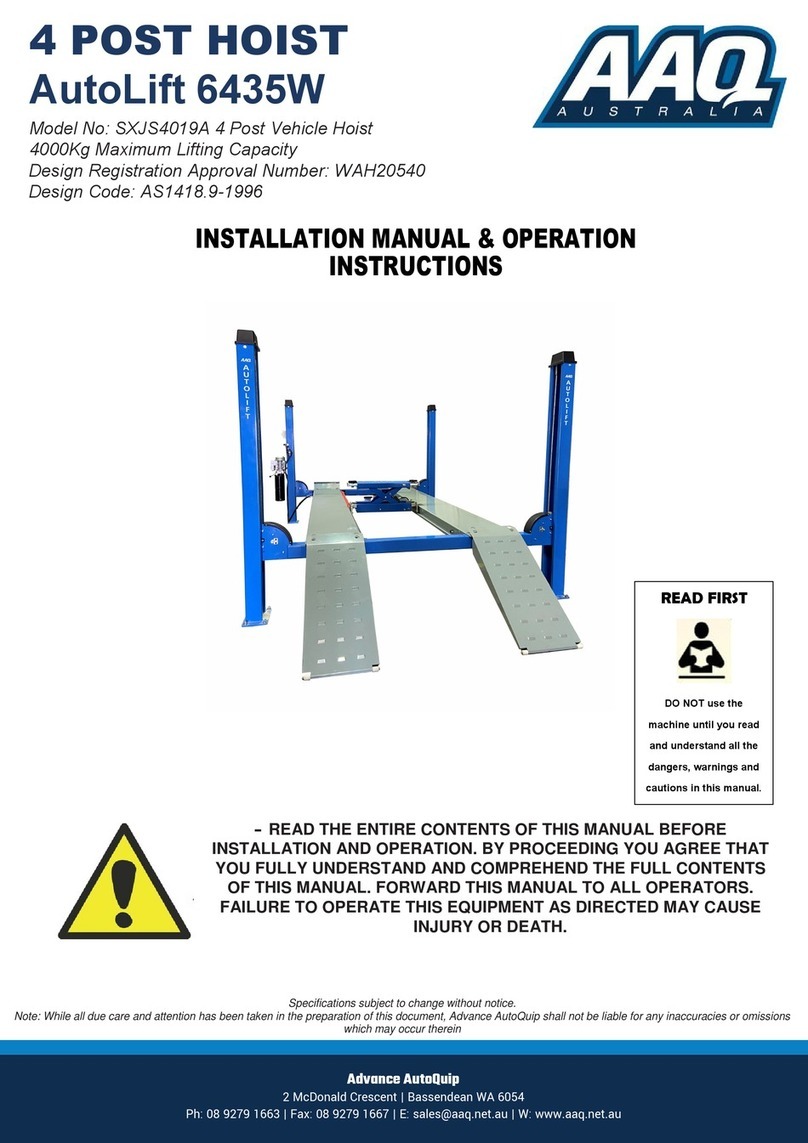
AAQ
AAQ SXJS4019A User manual
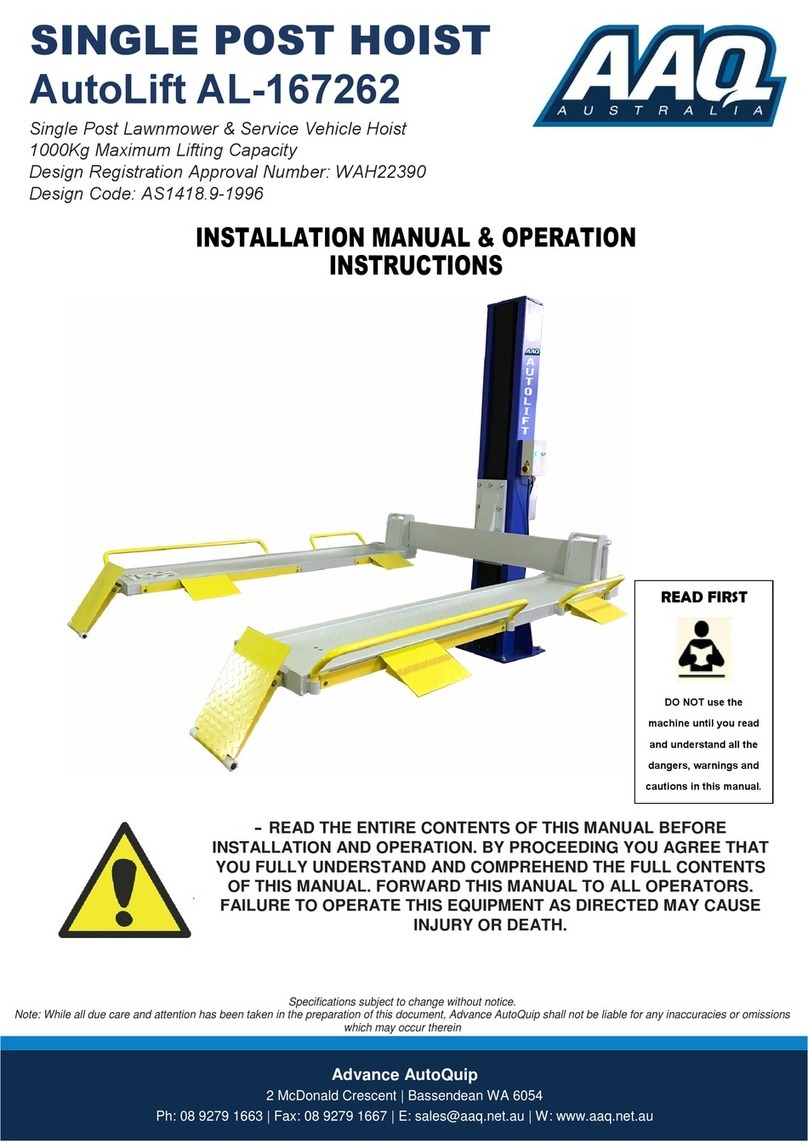
AAQ
AAQ AutoLift AL-167262 User manual
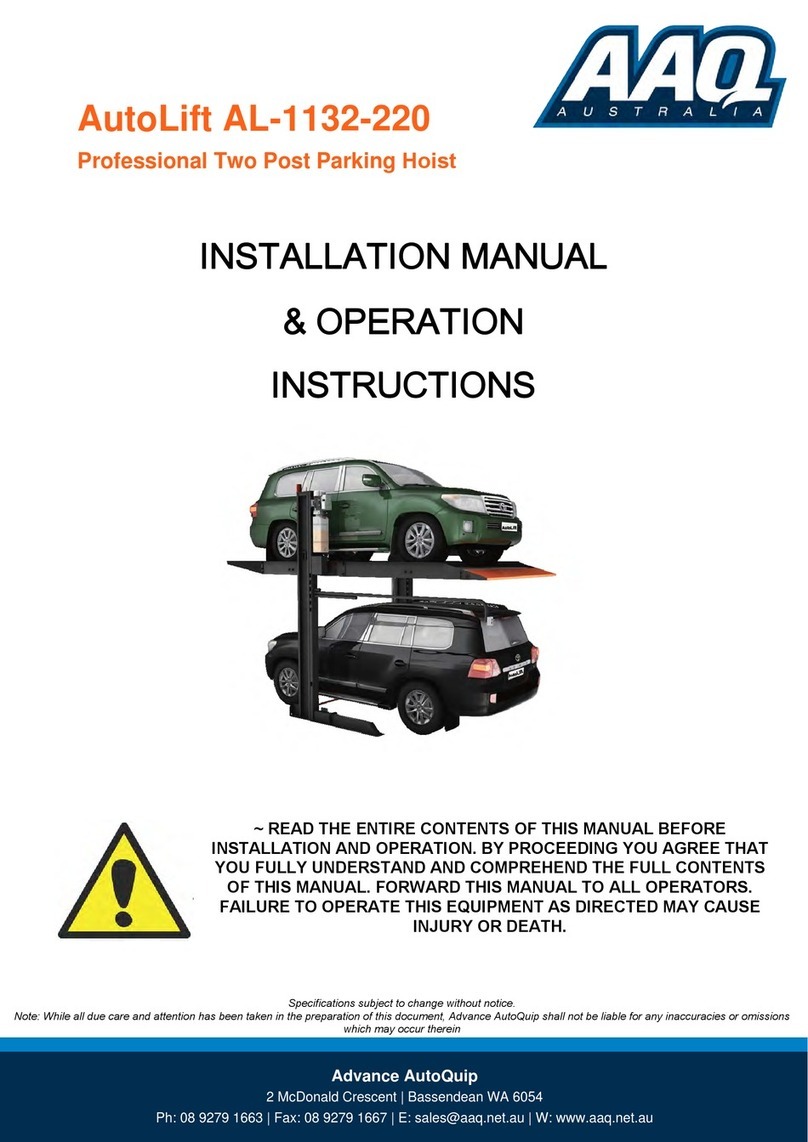
AAQ
AAQ AutoLift AL-1132-220 User manual
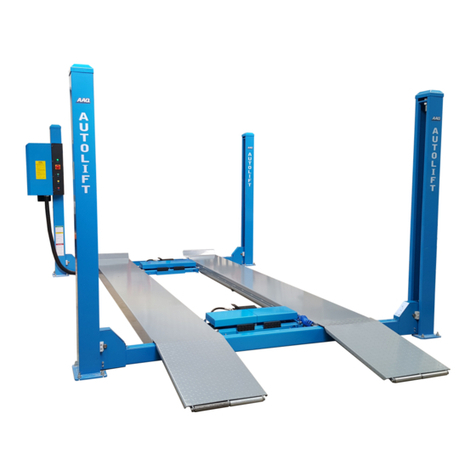
AAQ
AAQ AL-4000A User manual
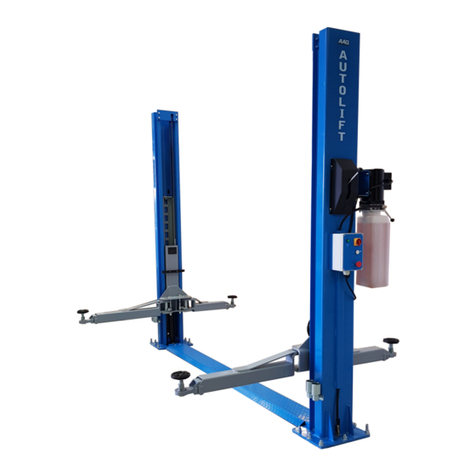
AAQ
AAQ AutoLift AL-900DD Technical Document
Popular Lifting System manuals by other brands

probst
probst SDH-H-15 operating instructions

Bruno
Bruno OUTDOOR ELITE CRE-2110E Operator's manual

matev
matev FPS Mounting Assembly Installation Guide

Vestil
Vestil CYL-HLT Series instruction manual

Butts Tools
Butts Tools BXS0002 operating instructions

Safelift
Safelift MoveAround MA60 Original instructions

R. Beck Maschinenbau
R. Beck Maschinenbau HS 600 operating manual

Nova Technology International, LLC
Nova Technology International, LLC NAS Series quick start guide

Genie
Genie Z-60/34 Operator's manual

Screen Technics
Screen Technics INTERFIT Vertical Up Lift instructions

Drive
Drive DUPONT SAMERY Hermes user manual

Custom Equipment
Custom Equipment Hy-Brid 3 Series MAINTENANCE & TROUBLESHOOTING MANUAL
